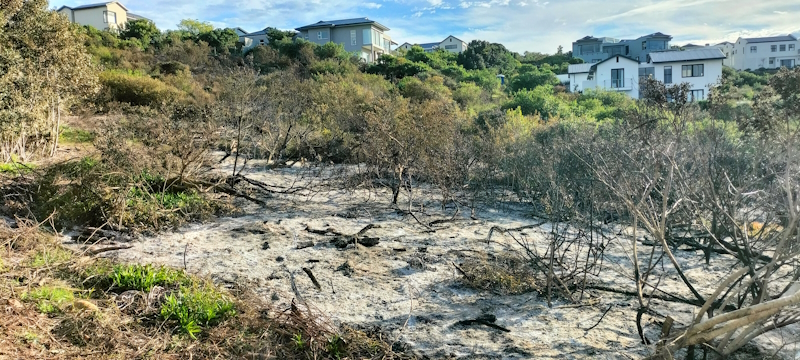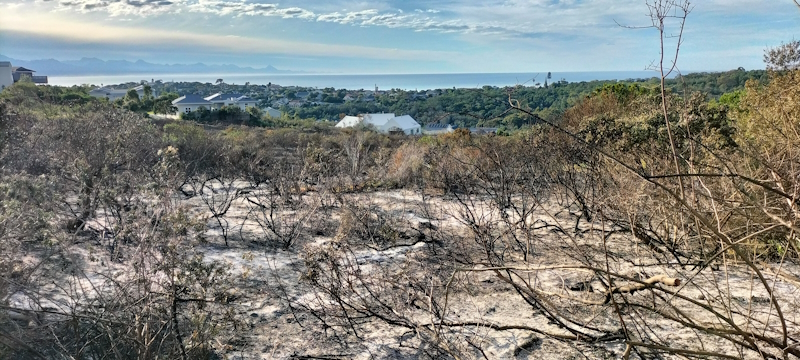The first two controlled burns on Brackenridge Estate were succesfully conducted on 17 July 2024 – in fact, to our knowledge these were the first controlled burns ever to have been undertaken in an eco-estate on the Garden Route!
The controlled burns had been prepared by Brackenridge Management and Working on Fire (WoF) according to National Veld and Forest Fire Act specifications. These preparations were initiated and supervised by the Southern Cape Fire Protection Association (SCFPA). On burn day, Bitou Fire & Rescue then reviewed all preparations before giving the final go ahead and the SCFPA took the lead by assigning roles and tasks to the various teams that subsequently became involved in the burn activities, notably Plettenberg South Fire Management Unit (PSFMU), WoF, Brackenridge Management & Maintenance, Security Staff and ECO, as well as EMC volunteers. WoF in particular deployed some 25 experienced fire fighters for over 24 hours – plus we had a fire engine, a ‘Buffel’, a tanker trailer and some 1.7 km of hose pipes on site!
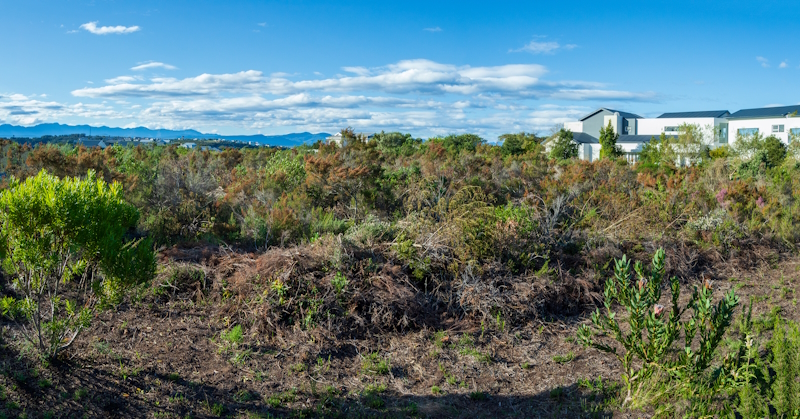
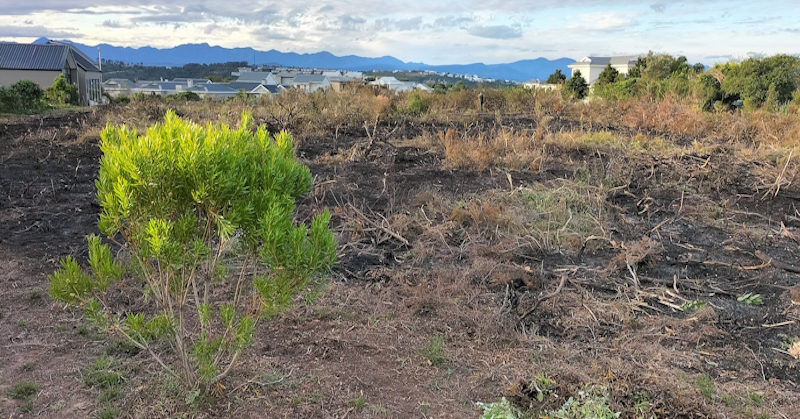
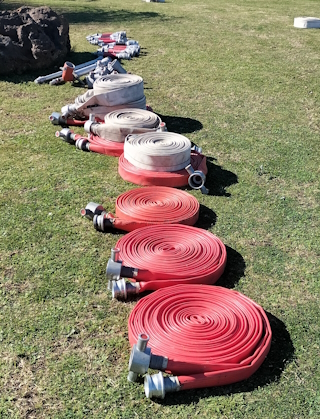
Meticulous preparation and expert assistance and oversight provided by dedicated professional fire fighters and fire management associations have resulted in a truly controlled burn – no harm to any persons or animals and no damage to any property has been recorded. One tortoise had been spotted and relocated the day before, and one sizeable (non-venomous) house snake was rescued by the fire fighters during the burn.
Whith almost no wind the conditions were near-perfect that day – indeed, for the partially fire-retardant vegetation of the south-facing block 6 a bit of wind would have helped the effort. In block 5 the conditions were different; this is a flat and dry plain with lots of aging fynbos that presented a serious fire risk, providing sufficient fuel.
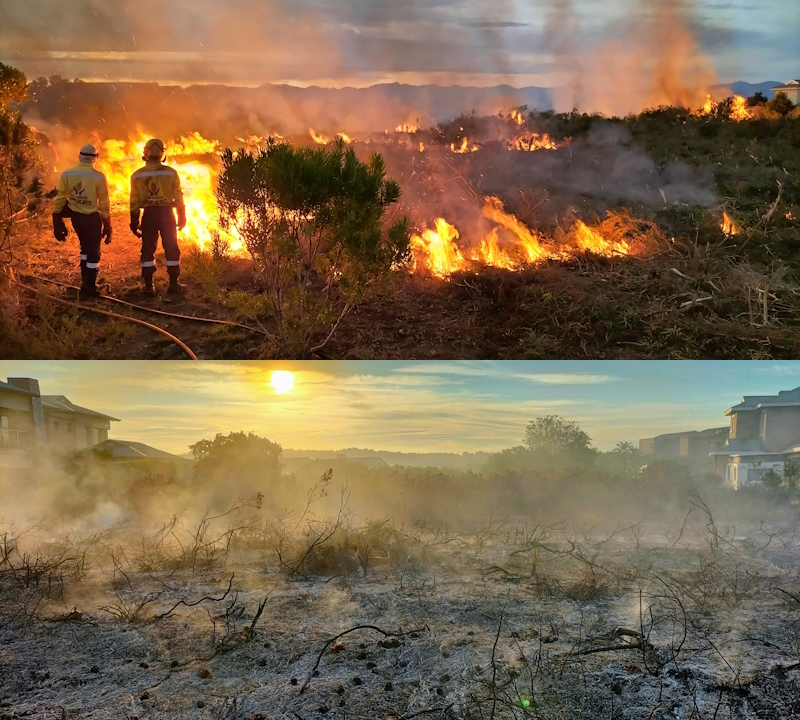
The next phase is now dedicated to various post-burn activities. Both block 5 and 6 will require some additional stack-burns in order to further reduce the fuel load, while at the same time leave enough of the half-burnt and charred bushes for insects, birds and reptiles to re-claim the areas and help with the germination of new fynbos vegetation.
The day after the burn we already spotted the first fly-catchers perched on the charred branches and reclaiming possession of their territory:
In addition, block 6 in particular has some well-established clusters of indigenous trees, such as Boekenhout and Candlewood which, being fire retardant, have remained almost untouched. Here some of the dense undergrowth will now be cleared. These forest-like tree islands have already been re-claimed by some small grysbok which were spotted the day after the fire.
